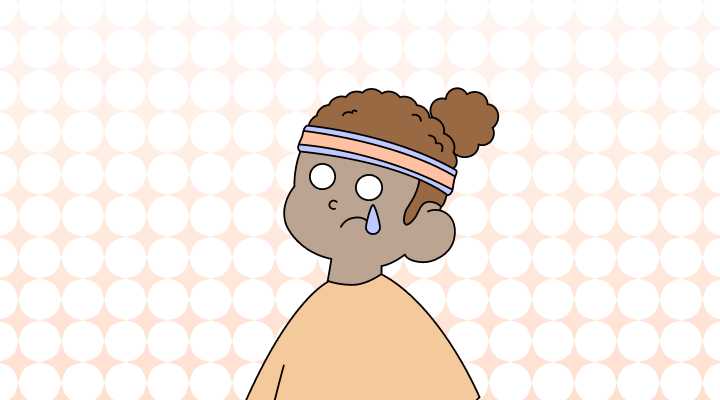"Sadge" is Internet slang for "sad and depressing." It was originally a combo of "sad" and "cringe" but the slang is more associated with sadness than the latter half of the word.

Sadge's origin story
You may be wondering, "What is sadge? And where did it come from?" Well, fear not because you're about to find out.
"Sadge" is the name of a Twitch emote of Pepe the Frog with a sad expression on his face. Now if you're a digital dinosaur, you may not know what Twitch is, let alone a Twitch emote. Don't worry. We got you. And don't fret; we'll explain who Pepe the Frog is as well.
What is a Twitch emote?
Twitch is a popular live streaming platform primarily focused on video games, although it has expanded to include streams dedicated to music, art, talk shows, and other forms of entertainment. Launched in 2011, Twitch allows users to broadcast their gameplay live to viewers around the world, fostering a vibrant community of gamers, content creators, and fans.
A Twitch emote, the "emote" short for "emotion," is a small image or icon used in chat messages on the Twitch platform to express a wide range of emotions, reactions, and sentiments. They are much like emojis like these 👉😁. Originally designed to enhance communication between streamers and their viewers, Twitch emotes have evolved into a unique form of digital expression, with thousands of emotes representing everything from joy and excitement to confusion and sarcasm. Streamers often create custom emotes for their channels, which subscribers can use in chat to interact with the streamer and other viewers. Emotes are a fundamental part of Twitch culture, fostering a sense of community among users.
Who is Pepe the Frog?
Most of the young generations know about or have at least seen Pepe the Frog. He is a cartoon character that originated in a comic series called "Boy's Club" created by artist Matt Furie in 2005. Initially intended as a laid-back, chill character, Pepe gained widespread popularity on the Internet, particularly on platforms like 4chan and Reddit, where users began creating and sharing their own Pepe memes. Over time, Pepe evolved into a versatile meme character used to express a wide range of emotions, from joy and sadness to anger and confusion.
Back to the origin story
The "sadge" emote was widespread on Twitch spammed in Twitch chats by users. Although it started off as an emote, "sadge" has evolved into a meme expressing sadness along with a bit of cringe. Among the countless Pepe the Frog memes that are found across all the different social media platforms, "sadge" remains strongly associated with Twitch. While Pepe the Frog has been used to express various emotions from melancholy to mischievousness, in the "sadge" emote, he is expressing a very specific type of sadness that Internet residents are familiar with.
While the exact origins of "sadge" remain elusive, its usage quickly spread among gamers, streamers, and Internet denizens, evolving into a widely recognized term within certain online subcultures.
Deciphering the Meaning of "Sadge"
At its core, "sadge" encapsulates a complex blend of emotions, encompassing feelings of sadness, disappointment, and cringe-inducing discomfort. It serves as a shorthand expression for moments that evoke a sense of melancholy or awkwardness, often accompanied by a tinge of humor or resignation. Whether used to describe a particularly unfortunate gaming moment, a cringe-worthy social interaction, or a general sense of existential dread, "sadge" provides a succinct and relatable way to articulate the complexities of human emotion in the digital realm.
Conclusion
"Sadge" stands as a testament to the richness and diversity of Internet language, capturing the complexities of human emotion in the digital realm. From its humble beginnings in online gaming communities to its widespread usage across social media platforms, "sadge" has evolved into a symbol of shared experiences and collective empathy in the digital age.

Want to sound like a native speaker?
Engram’s AI-powered grammar checker makes your English sound like a native speaker’s, suggesting natural English expressions on top of fixing grammar, spelling, punctuation, word order, and vocabulary.














